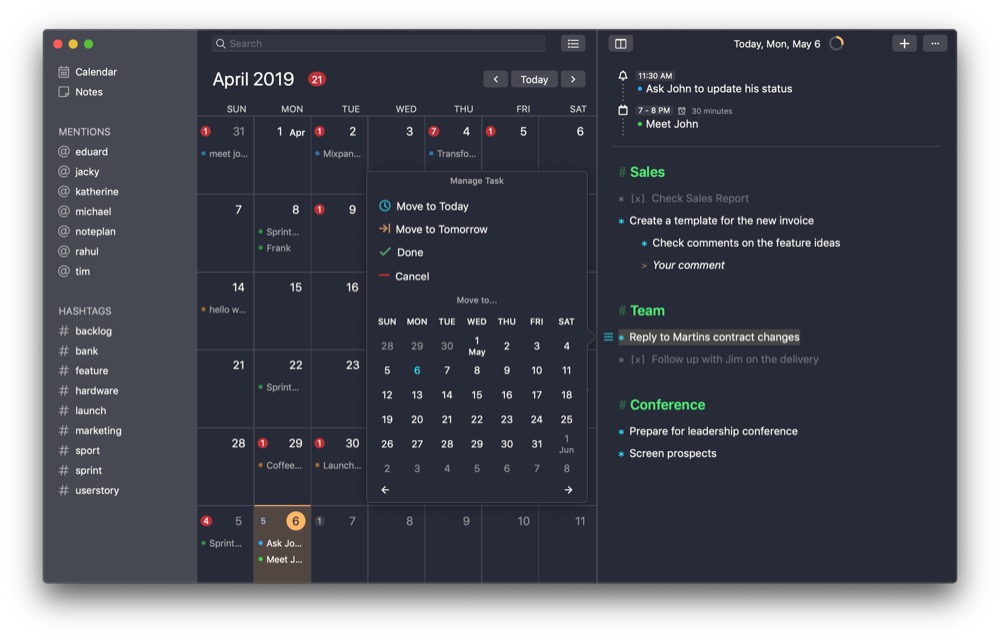
3 Why use NotePlan and Obsidian together? Both Obsidian and NotePlan recognize and navigate the same ]-style note links. To state this clearly: you can use Obsidian and NotePlan to work with the exact same files-no import-export-import roundabout nor sync processes needed. And, as of the current beta of NotePlan 3, it works on markdown files, too.Ī screenshot of NotePlan with this article in view. NotePlan is a kind of super-powerful “ bullet journal.” It allows you to take extensive, linked notes about your life and work, and it provides intuitive ways of searching and filtering those notes for review and actionability while allowing you to link them with events, reminders, and time blocking. 2 It is a clean and effective way of linking notes with Calendar and Reminders apps. NotePlan is a calendar-driven note-taking app for Mac, iPhone, and iPad. It has lots of neat plugins, a graph view to show the connections between your thoughts, and extensive customizability.Ī screenshot of Obsidian with this article in view. Obsidian provides a kind of Integrated Development Environment ( IDE) for thinking. 1 It’s a sleek, highly community-driven tool-in fact, an alpha of Obsidian’s API was just launched. Obsidian is a linked thought app that operates on markdown files. Most of this is intuitive, but it may be useful to have it all in one place. In this post, I provide an overly-detailed overview of setting up and using Obsidian and NotePlan together. Beware! Much can change, and you should expect glitches. Note: both Obsidian and NotePlan 3 are beta apps. If you’d implemented this guide before Oct. 30, 2020, you’ll want to open a “new” Obsidian vault at this location (and reset any other scripts/apps that were interacting with NotePlan notes synced via CloudKit.) ⚠️

The new location is ~/Library/Containers/co.noteplan.NotePlan3/Data/Library/Application Support/co.noteplan.NotePlan3/. ⚠️ Oct 30, 2020 - CloudKit sync users: The latest edition of the NotePlan 3 beta moves the directory of your NotePlan notes to comply with Apple’s sandboxing policies.


 0 kommentar(er)
0 kommentar(er)
